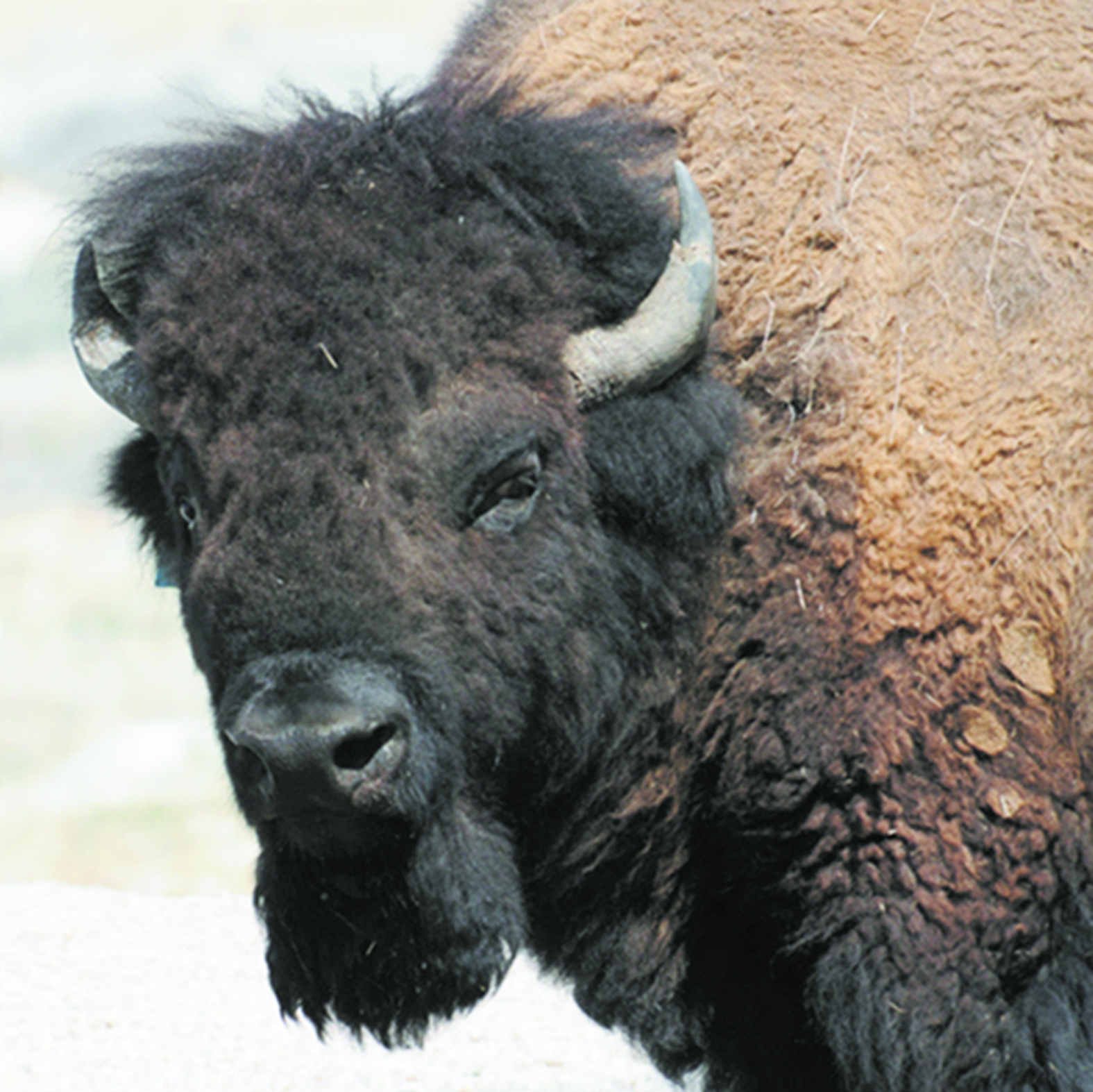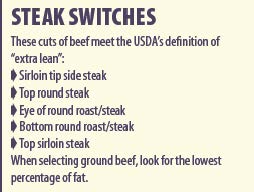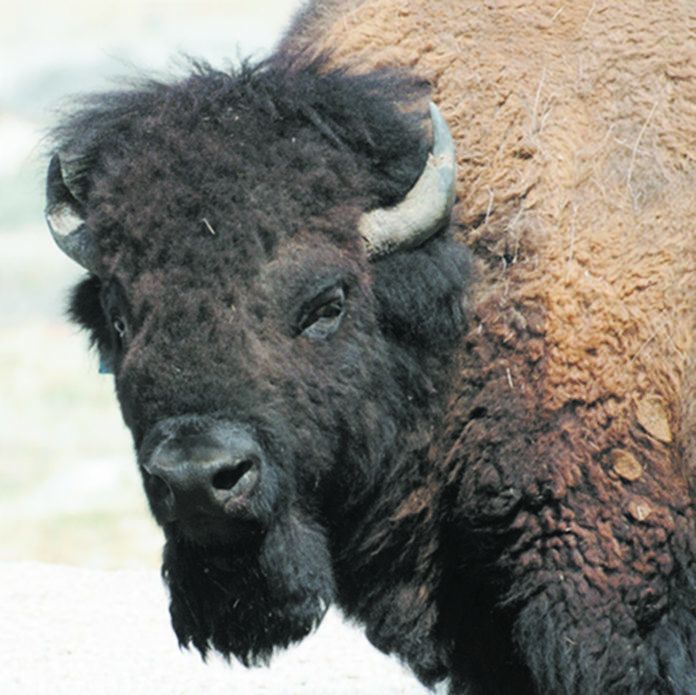As a reader of this newsletter, youre already aware that consumption of red meat has been linked to increased risk of heart disease and colorectal cancer. So youre exercising portion control and trying to eat more lean poultry and fish. But sometimes, well, beef is whats for dinner.

So you may be tempted to try some of the alternative red meats marketed as healthier than beef. Is that a smart idea?
It is a balance between portion size and personal preference, advises Alice H. Lichtenstein, DSc, director of Tufts HNRCA Cardiovascular Nutrition Laboratory. Some of the other red meats can be reasonable alternatives to fatty cuts of beef. An important factor is to prepare them appropriately, e.g., avoid adding cheese to a bison burger if the goal is to cut the saturated fat content of the diet. Likewise, lacing a venison roast with lard to add flavor and moisture would not be recommended as a preparation technique of choice.
BUFFALO BASICS: Most prominent and most readily available in standard supermarkets is bison (aka buffalo), whose promoters include TV magnate Ted Turner. Research at North Dakota State University has shown that bison is a nutrient-dense choice because of its high proportion of protein and other nutrients to calories, which total only 96 in a 3-ounce serving compared to 162 in the same amount of beef top sirloin. Most important from a heart-health perspective is bisons low saturated-fat content-0.7 gram versus 3.9 grams in 3 ounces of top sirloin. Bison is also lower in dietary cholesterol, while delivering the same amount of protein and twice the iron.
If youre concerned about drugs and hormones in beef, look for the Certified American Buffalo seal that confirms bison is grass fed and additive-free, with minimal time in feedlots. Bison meat is described as sweeter and richer than beef. Because its so lean, youll need to cook steaks and roasts over lower heat for a shorter time and serve no more than medium rare (but thoroughly cook ground bison).
FEATHERED FIND: Surprisingly, an increasingly common red-meat alternative is ostrich. How can meat from a bird be red? Like cattle, ostrich spend most of their time standing and walking, and so have mostly slow-twitch muscle fibers; these are high in the reddish protein myoglobin, which stores oxygen for long-term energy. Chickens and turkeys evolved to have mostly fast-twitch muscles for quick bursts of activity; these tissues store energy instead in a pale-colored compound called glycogen, making for white meat.

Ostrich is lower in calories (135 in 3 ounces) and saturated fat (1.4 grams) than a similar cut of beef, with slightly more protein and dietary cholesterol. Also described as sweeter and richer, ostrich can be drier and tougher than beef if overcooked, because of its low fat content. Unlike chicken, ostrich should be cooked medium to medium rare; a South African study found no salmonella in ostrich meat, allaying safety concerns.
You may be able to find ostrich in supermarkets in the southwest and southern California, as well as in gourmet groceries and online. Health-food chains have begun selling an ostrich-beef jerky as a protein booster; though containing half the sodium of standard jerky, these should still be consumed with caution.
FAMILIAR TO EXOTIC: Other red-meat alternatives, also lower in calories and saturated fat, include the familiar (to hunters, at least) venison from deer and elk. If youre turned off by the gamey taste of wild venison, look for farm-raised deer. Venison is even higher in protein than beef or bison, similar to ostrich.
More exotic options are emu (similar to ostrich), wild boar (prepared more like pork) and even yak meat. Like all red meats touted as healthier than beef, they are lean-and need to be cooked accordingly-and thus lower in saturated fat and calories.
Even the least-exotic alternatives cost two to three times as much as beef, however, meaning youll need to balance health and taste considerations with your wallet. If price is an issue, you might consider the leaner cuts of regular beef (see box). Simply by switching from ribeye to top round, for example, youll subtract 5.6 grams of saturated fat per 3-ounce portion. The USDA defines an extra-lean cut of beef as a 3.5-ounce serving that contains fewer than 5 grams total fat, 2 grams of which are saturated fat, and 95 milligrams of cholesterol.
























